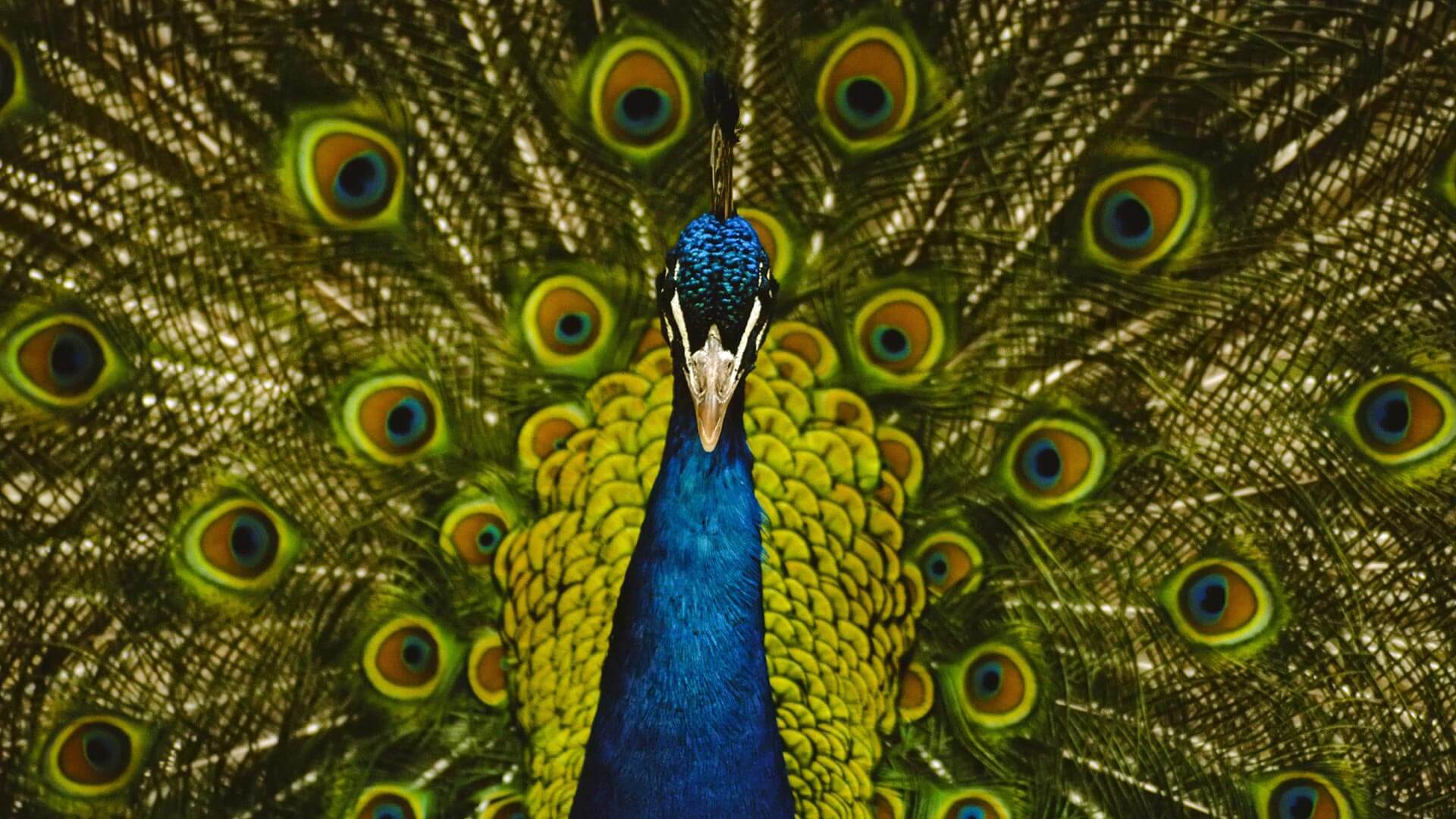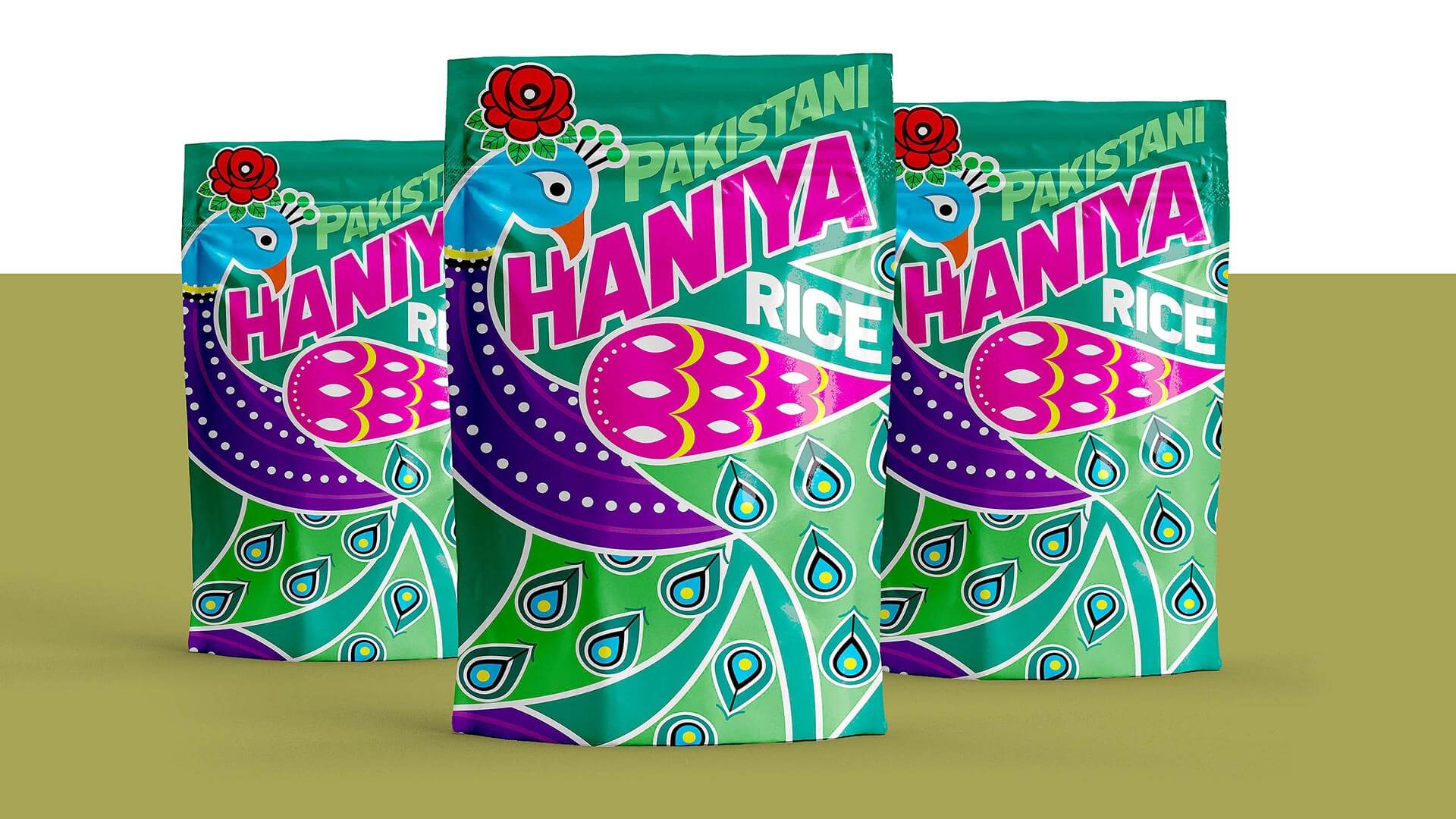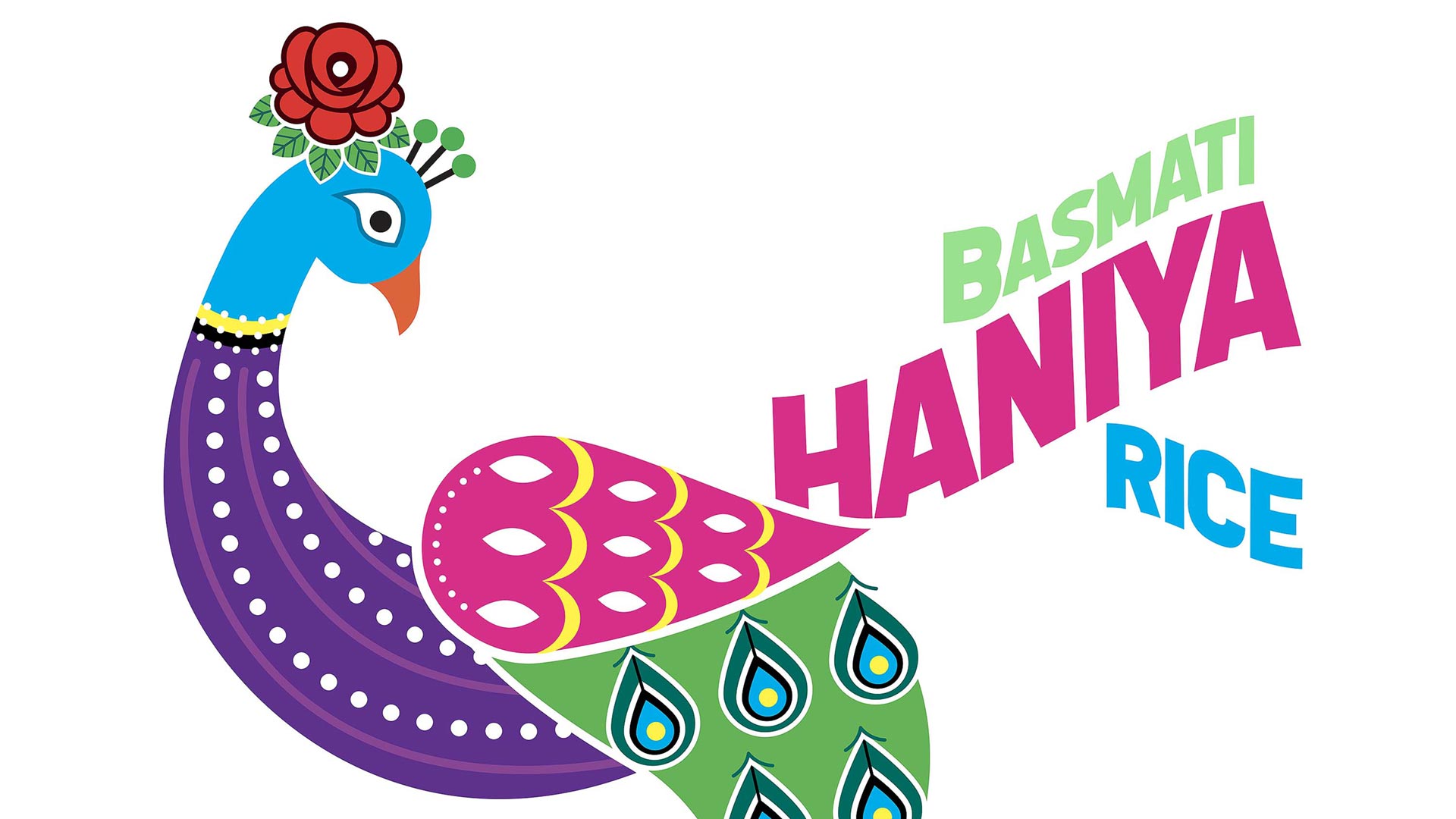One of our key exported products is Basmati rice, a long, slender-grained aromatic rice traditionally grown in the Indian subcontinent, particularly in India, Pakistan, and Nepal. As of 2019, India accounted for 65% of the international trade in Basmati rice, with Pakistan contributing the remaining 35%. Basmati cultivation is geographically exclusive to specific districts in India and Pakistan.
According to the Indian Agricultural and Processed Food Products Export Development Authority (APEDA), Basmati rice must meet specific parameters to be classified as such. These include a minimum average precooked milled rice length of 6.61 mm and an average precooked milled rice breadth of up to 2 mm.
The Food and Agriculture Organization (FAO) notes that Pakistan’s primary Basmati cultivation area is in the Kalar bowl between the Ravi and Chenab rivers. The majority of Basmati cultivation occurs in the Punjab province, with a total production of 2.47 million metric tons in 2010. In the fiscal year 2020, Basmati exports from Pakistan reached 890,207 tonnes, valued at $790 million. Europe holds a 40% share in overall Basmati exports, with the remaining exported to Gulf countries, Australia, and the US.
Basmati rice is renowned for its typical pandan-like flavor, attributed to the aroma compound 2-acetyl-1-pyrroline. Basmati grains naturally contain about 0.09 ppm of this aromatic compound, approximately 12 times more than non-Basmati rice varieties. This distinctive fragrance and flavor are also found in cheese, fruit, and other cereals. The aroma compound is approved as a flavoring agent in the United States and Europe and is used in bakery products for its aromatic properties.
During cooking, the level of 2-acetyl-1-pyrroline decreases. Soaking the rice for 30 minutes before cooking allows for 20% shorter cooking times and preserves more of the distinctive aroma compound, enhancing the flavor of the cooked rice.
Haniya: This name, which is used in the Urdu language to mean a person who brings happiness, immediately creates a smile on people’s faces with its positive approach. Hania is a Muslim Girl name and has Hebrew origin. This name, which is easy to say in an audiophonic sense, has the same advantage of being pronounced in different languages. Our decision to use the peacock for the brand’s icon was the special positioning of this bird in Pakistani and Indian culture. This national bird represents strength and power and its feathers symbolize immortality and immunity to evil. Peacock motifs in Indian art portray wealth and luxury items, similar to, clothing or jewelery. One can find this motif in religious art, such as Hinduism, which represents immortality and resurrection.





